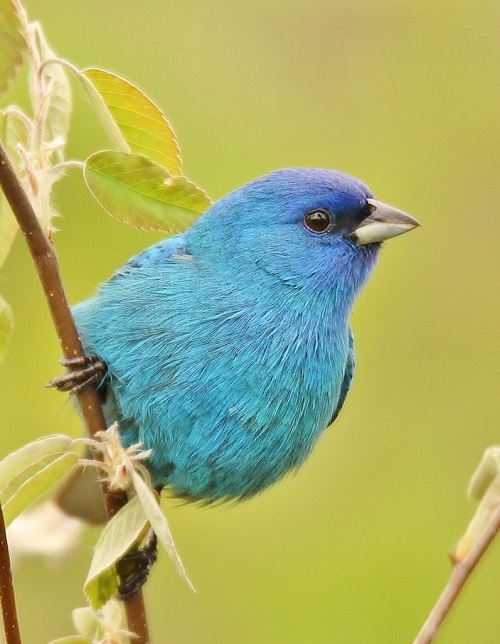 Baraboo River WPA--Impoundment, Columbia County, WI, US - eBird Hotspot
Baraboo River WPA--Impoundment, Columbia County, WI, US - eBird Hotspot
 Baraboo River WPA--NW Grassland, Columbia County, WI, US - eBird Hotspot
Baraboo River WPA--NW Grassland, Columbia County, WI, US - eBird Hotspot
Habitat: Open Water, Marsh, Sedge Meadow, Native and Restored Grassland, and Bottomland Forest.
Best Birds: In spring look for waterfowl, shorebirds, gulls, and terns. In summer the following species have been confirmed nesting in the wetland habitat - Gadwall, Hooded Merganser, Common Gallinule, Double-crested Cormorant, Least Bittern, Osprey, Bald Eagle, Cliff Swallow, and Yellow-headed Blackbird. Other likely nesters include Pied-billed Grebe, Wilson’s Snipe, Virginia Rail, and Marsh Wren. American White Pelican, Great Egret, and Prothonotary Warbler.
Check out the grasslands and wetlands to the west of the marsh and open water for American Woodcock, Northern Harrier, Willow Flycatcher, Least Flycatcher, Sedge Wren, Grasshopper Sparrow, Clay-colored Sparrow, Field Sparrow, Swamp Sparrow, Bobolink, Eastern Meadowlark, and Dickcissel.
Directions: 36 miles N of Madison.From the intersection of Highway 33 and I-94 southwest of Portage, take Highway 33 east for 0.25 miles and then turn south onto Highway U for 1.9 miles. Then straight onto Cascade Mountain Road for 1.1 miles to a parking lot on the right, (43.493222, -89.494793). The Fish and Wildlife office is .5 miles to the northwest of the parking area on Cascade Mountain Road. You can also park there to access the grassland and the floodplain forest on the far west end of the property (43.49881, -89.50135). Do not block the gate.
Site Address & Additional Information:
W9869 Cascade Mountain Road, Portage WI
Fish and Wildlife Service Waterfowl Production Area Information
Baraboo River Floodplain Forest State Natural Area
Leopold Pine Island Important Bird Area
The Baraboo River Floodplain Forest State Natural Area is north of the Baraboo River and is not easy to access. This area is also part of the 16,000-acre Leopold Pine Important Bird Area.
Mark and Susan Foote-Martin, Laura Wentz, Bruce Luebke, and Graham Steinhauer

